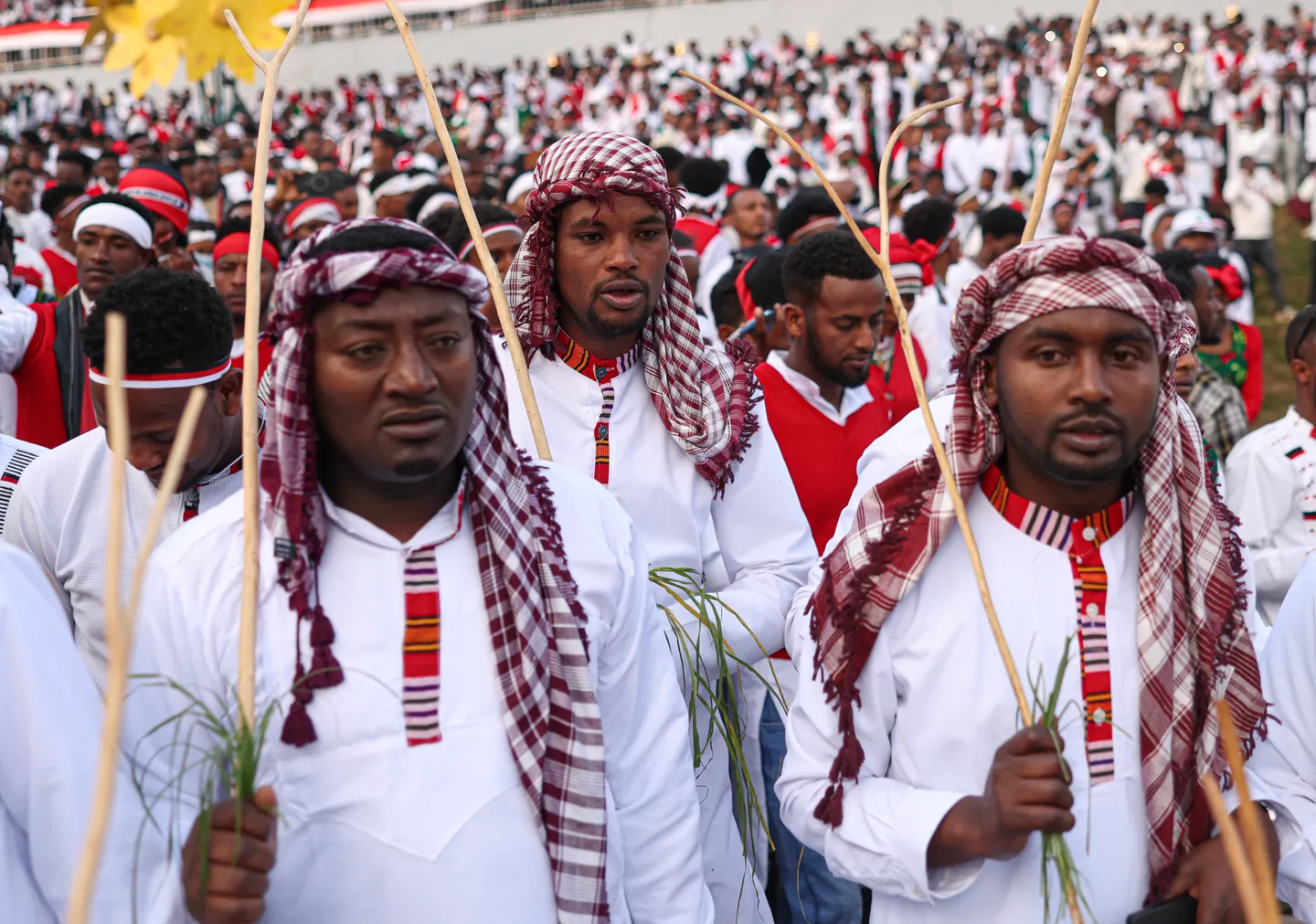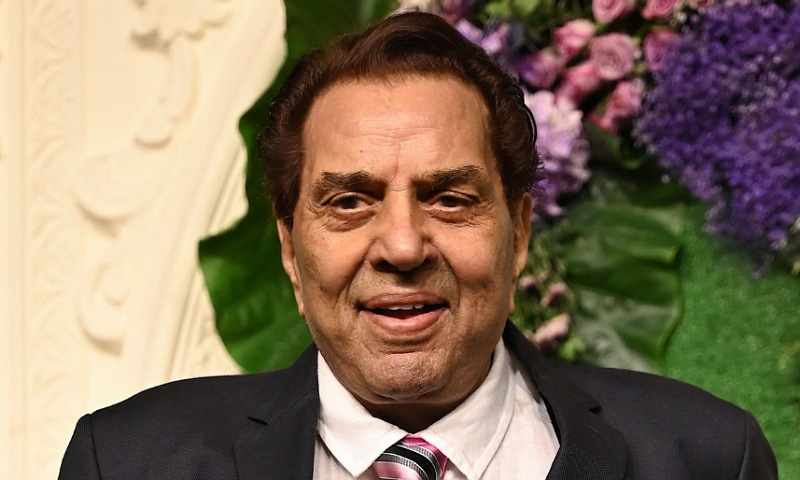Thousands of Ethiopians gathered in Addis Ababa to celebrate Irreecha, the Oromo people’s annual thanksgiving festival. Most attendees dressed in traditional white clothing. They came together to honor Waaqaa (God) and express gratitude, unity, and cultural pride. The celebration draws people from many Oromo clans and symbolizes peace, fertility, and hope.
This year’s Irreecha carried added significance. The festivities followed the inauguration of the Grand Renaissance Dam, which Prime Minister Abiy Ahmed described as a moment of national pride.
Historical and Cultural Roots
Irreecha has long roots among Oromos, Ethiopia’s largest ethnic group. For centuries, communities held the festival at sacred lakes or riverbanks to mark the end of the rainy season. People prayed for abundant harvests and gave thanks for survival through difficult months.
In earlier times, Oromo cultural expression faced suppression. Irreecha celebrations had limited visibility in Addis Ababa under past governments. Recent reforms, however, gave the festival more freedom and visibility. Its revival has become a symbol of cultural resurgence and political recognition.
Irreecha also carries painful memories. In 2016, a deadly stampede during protests killed more than 50 people. That tragedy became a turning point in Ethiopian politics and shaped how authorities handle large public gatherings.
Messages of Peace and Unity
Leaders and elders used the festival to call for harmony among Ethiopians. Elder Legesse Addisalem said Irreecha is not only a thanksgiving day but also a platform to pray for peace across Africa.
Prime Minister Abiy Ahmed also spoke. He linked the festival with the dam’s inauguration, calling both a double source of joy and pride for Ethiopia. Still, some Oromo activists remain critical. They argue that despite symbolic recognition, true reforms on fairness and justice remain incomplete.
Challenges and Tensions
Security officials increased their presence at the event. The government remains cautious after the 2016 tragedy. Organizers worked to ensure safety while still allowing open celebration.
Some Oromos question how much progress has been made. While Irreecha now has national recognition, issues like land rights, political inclusion, and cultural autonomy continue to stir debate.
Conclusion
Irreecha is more than a cultural event. It strengthens identity, unity, and collective memory. It also provides a space for reflection on past struggles and future hopes.
Celebrating in the capital shows that Oromo culture is part of Ethiopia’s national story. It also brings more visibility to traditions that were once marginalized. Beyond its spiritual role, the festival now attracts tourists, media, and policymakers. By asserting its presence on a national stage, Irreecha highlights the enduring importance of culture in shaping Ethiopia’s identity and future.
Bonus Read: Ise Jingu: The Shinto Shrine Rebuilt Every 20 Years for Over a Millennium




2 thoughts on “Thousands Celebrate Oromos’ Irreecha Thanksgiving in Ethiopia”